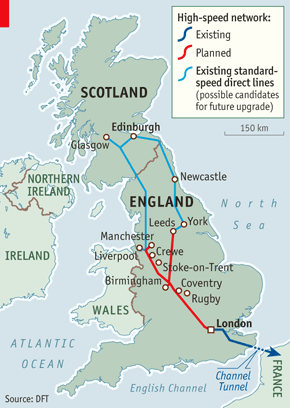A welcoming column on the new “lights” of modern Europe:
Normally, to read a book, one turns on the light. I had thought of that, but the numerous light switches in the room only brought a dim glow from various lengths of compact fluorescent lamps, some shaped like paperclips, others coiled like something from the pavements of dog-loving Dijon. You could tell that they were switched on, but it was as if someone had given the lights several coats of opalescent lacquer. It almost seemed as if the lamps attracted light gravitationally from nearby parts of the room, which were consequently left in shadow.
[. . .]
Except for not emitting light, there is little wrong with the new energy-saving bulbs, apart from their causing night-time falls, triggering epilepsy and storing up deadly poisons. But we must expect to make little sacrifices to save energy.
All over Europe, people are tumbling down the stairs in the small hours, snapping their femurs like breadsticks when they venture out of their bedrooms, perhaps to go to the loo – it isn’t unknown. That is because the energy-saving bulbs in the landing light take time to warm up. Those who survive the nocturnal pitfall soon notice that the new kind of bulbs flicker. For some, this triggers migraine; for others, epileptic fits. For me, it merely induces nausea and a sensation that the room is moving backwards and forwards. So I should count my blessings.
As for the mercury that the energy-saving bulbs contain, I have always found it a most beautiful metal, aptly named quicksilver, shining like the moon. Certainly, the effects of mercury poisoning are no fun: shedding of skin, loss of teeth and hair, salivation, sweating and forgetfulness. Yet anxiety about such matters is soon dispelled by the FAQs on the Energy Saving Trust website. “Energy-saving bulbs contain only tiny traces of mercury,” it says soothingly. “Imagine a pellet smaller than the tip of a Biro.” Yes, I’ve imagined that. It sounds ideal for the tip of a blowpipe-arrow or a Bulgarian secret service umbrella.
So remember to be very careful when you dispose of these wonderful new high-tech devices.
. . . each fluorescent light bulb contains about 5 milligrams of mercury. Though the amount is tiny, 5 milligrams of mercury is enough to contaminate 6,000 gallons of drinking water, according to the Environmental Protection Agency (EPA).
Low level mercury exposure (under 5 milligrams) can cause tremors, mood shifts, sleeplessness, muscle fatigue, and headaches. High level or extended length exposure can lead to learning disabilities, altered personality, deafness, loss of memory, chromosomal damage, and nerve, brain, and kidney damage, as stated by the EPA. There is a particular risk to the nervous systems of unborn babies and young children.
H/T to Chris Greaves for the link.
![]() I’ve been accumulating news snippets about the as-yet-to-be-formally-scheduled release of Guild Wars 2 for an email newsletter I send out to my friends and acquaintances in the Guild Wars community.
I’ve been accumulating news snippets about the as-yet-to-be-formally-scheduled release of Guild Wars 2 for an email newsletter I send out to my friends and acquaintances in the Guild Wars community.
 Earlier this year the coalition government announced details of a £32 billion ($52 billion) super-fast railway line from London to Manchester and Leeds via Birmingham (see map). Philip Hammond, the transport secretary, claims it will be a “fast track” to prosperity. If the project goes ahead—and there is still, just, time to reconsider—the final route, and Stoke’s transport fate, will not be decided until 2012 at the earliest. The first trains won’t reach Birmingham until 2026, and Leeds and Manchester until 2032-3.
Earlier this year the coalition government announced details of a £32 billion ($52 billion) super-fast railway line from London to Manchester and Leeds via Birmingham (see map). Philip Hammond, the transport secretary, claims it will be a “fast track” to prosperity. If the project goes ahead—and there is still, just, time to reconsider—the final route, and Stoke’s transport fate, will not be decided until 2012 at the earliest. The first trains won’t reach Birmingham until 2026, and Leeds and Manchester until 2032-3.

